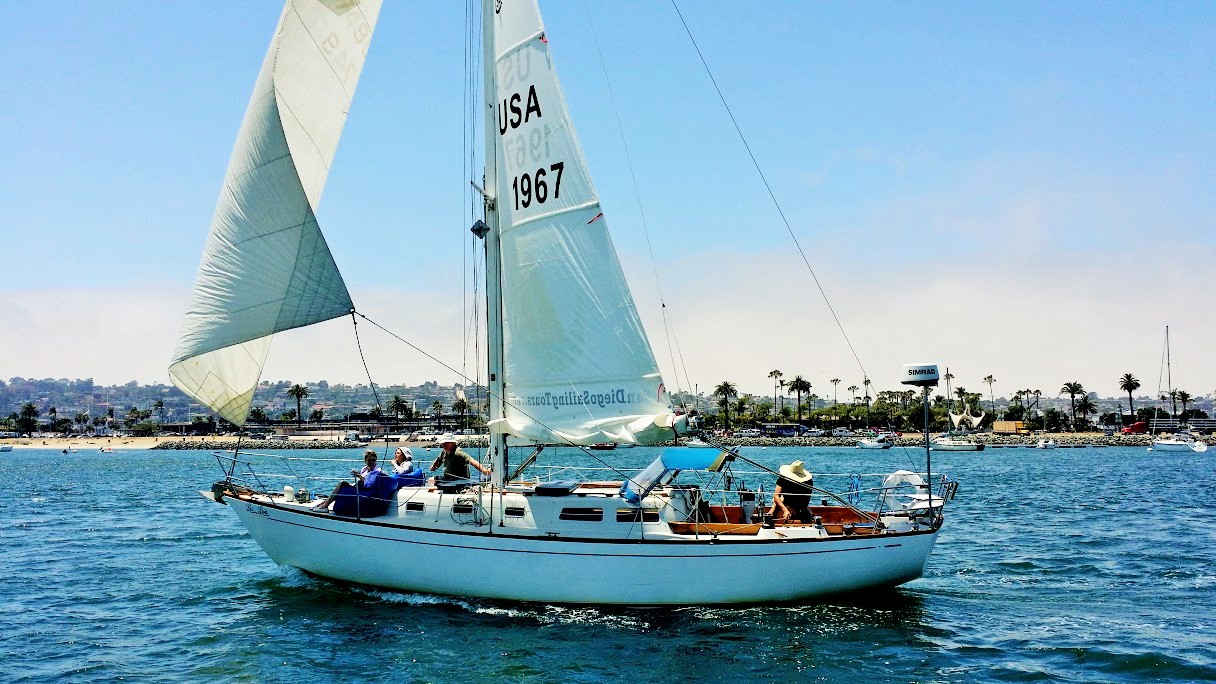Are you new to sailing or interested in taking up a new sport? San Diego is the perfect place to learn to sail with its beautiful blue bay & amazing coast line. We love to share our love for the sea at San Diego Sailing Tours! Check out these fun sailing facts.
They Are Tougher than They Look
Females have been sailing the seven seas for as long as anyone can remember. Girls as early as 16 have sailed around the world alone! From far and wide, women from all over the globe have sailed around the world by themselves.
Yachting is Dutch for Hunter
The sport began for pleasure in Holland in the late 16th century. The word “yacht” derives for old Dutch, jacht, an abbreviation for jaghtschip, “hunting ship”. These original yachts, which were made for the rich & noble were 14 to 20 feet & were fast & maneuverable.
Showing your Colors
On special occasions such as major regattas, holidays, celebrations or regal events, yachts may be requested to “dress overall”. This means to string maritime signal flags from the bow to the masthead to the stern. While most registrations still required yachts to carry the full set of signal flags aboard, they are rarely used in these days of global radio communications.
On Top of it
Pirates would often hide much of their crew below the deck. Ships that displayed crew openly on the deck were thought to be honest merchant ships known as “above board”
Limey
Formerly a term that refers to a British sailor, now this is also used generally to indicate a British person. The term came from the seventeenth and eighteenth-century practice of issuing limes to British sailors to combat scurvy (a vitamin C deficiency).
Heaven under the Stars
The world’s oldest, still working ship, the “Star of India” built in 1863 has her home port in San Diego. She has completed 21 circumnavigations. You can watch her set sail in the San Diego Bay every November and check her out today at the Maritime Museum downtown San Diego!
Three Sheets to the Wind
This expression meant that one did not have control of the vessel because one had lost control of the sheets or lines. Today the expression is used to refer to someone who is drunk or does not have control of himself or herself.


Recent Comments